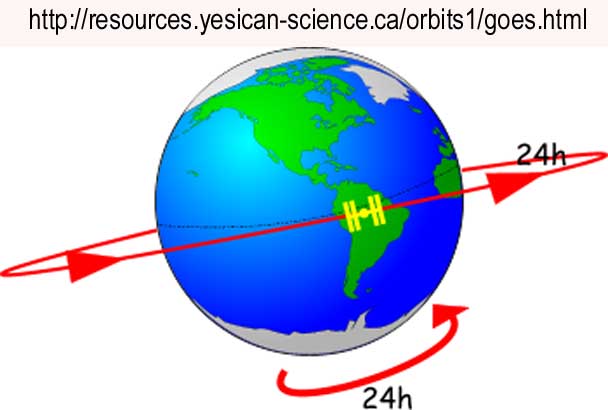To complete this experiment you will need a copy of Janice VanCleave’s Awesome, Magical, Bizarre & Incredible Experiments. You can purchase it here: Janice VanCleave’s 201 Awesome, Magical, Bizarre, & Incredible Experiments
Before you begin this or any VanCleave Experiment please read this post first!
Let’s Get Started:
The experiment is pretty straight forward. And quick…hmmm…here are some questions to stimulate discussion. Draw from what you already know, bring in the “Big Picture,” connecting the subject of science to other subjects (or one sub-section of science to another) and bring it all back to God! This experiment is compatible with Classical Conversations and more CC specific tips can be found on CC Connected under user name MomBrown.
- What are the steps of the Scientific Method?
- Why kind of hypothesis do we want to use (ex. a yes/no question or IF/THEN statement)?
- What are the materials?
- What is the procedure?
- What is a thermometer?
- What is shade?
- How does using a thermometer give us information?
- Can we just stand in the shade and say its cooler than in the sun?
- How could we do this differently and still have a valid experiment, i.e. are we following the Scientific Method?
- How do the steps of the Scientific Method answer our hypothesis?
- How does this relate to the world outside our experimental set-up?
- What part of science does this help explore?
- Why did we measure two different environments?
- What pieces of Science memory work does this experiment relate to?
- What does God’s design have to do with shade and temperature?
- Why do we need to know about temperature?
- How do we feel in the sun or when we have a fever?
- Is it a sunny or cloudy day and would that make a difference?
- Is shade from a tree with only partial shade different from the shade of a solid building?
- Why would shade be important in the different biomes we learn about? For example, many animals rely on shade in the desert to stay cool (warm blooded animals), while others need the sun’s warmth for energy (cold blooded animals).
- Why did God make some animals warm blooded and some cold blooded?
- Whereas an arctic fox who “adapts” to his winter environment by growing a white coat can be camouflaged out in the warm sunlight on the white snow. How cool is it that God made a way for these animals to adapt?
Vancleave #017: Same Place
Again, the experimental set-up is pretty straight forward. Kids can pair up and each try being the “earth” and each try being the “sun.” At home you can look up lots of NASA websites about satellites and find lots of cool pictures. This experiment is compatible with Classical Conversations and more CC specific tips can be found on CC Connected under user name MomBrown.

But basically we are talking about the satellites that “hover” over the same place on earth, not the ones that move around the earth. So when two things are moving they have a distance to travel and a certain amount of time to do it. Speed=Distance/time, i.e. miles per hour. The earth and the satellite are traveling the same “time,” the time it takes the earth to rotate, just under 24 hours (23 hrs. 56 mins.) but not the same “distance.” The distance for the earth is very small and it can travel the smaller distance at a slower speed. But the satellite is farther from the earth and has to travel a greater distance in the same amount of time, resulting in a faster speed. They are used for primarily 1-way communication, such as Satellite TV and weather stations.
Now for some questions:
- What are the steps of the Scientific Method?
- Why kind of hypothesis do we want to use (ex. a yes/no question or IF/THEN statement)?
- What are the materials?
- What is the procedure?
- What did you experience as the Earth vs.the Satellite?
- What did you see as the Earth vs. the Satellite?
- Motions sickness?
- Did that correspond to your Hypothesis?
- Ask if anyone has Satellite TV or saw a weather radar forecast this morning.
- What is an orbit?
- Do you think the satellite pushes through space on its own or is pulled along by the earth because of gravity, i.e. its orbit? (gravity, plus small booster rockets to keep the Satellite in place)
- Is the moon like the Satellite?
- How are the Sun and the Earth like (or not) the Earth and the Satellite? (They are very similar)
- How do the Satellites get up into space?
~~Come back and let me know how your week went in the comments below!~~
